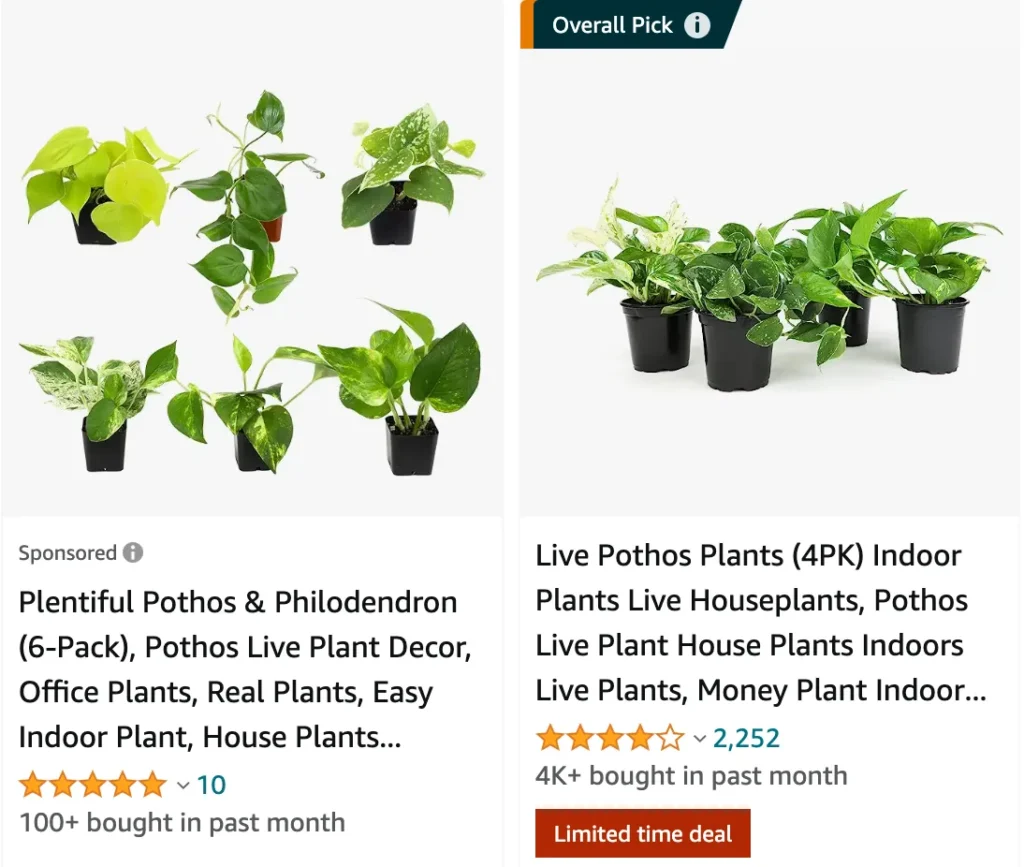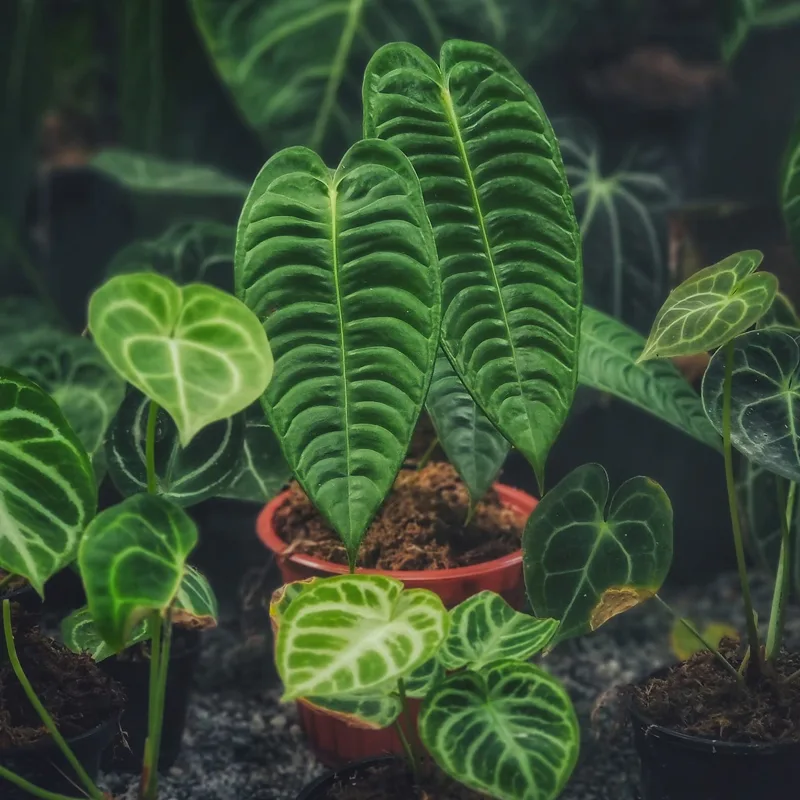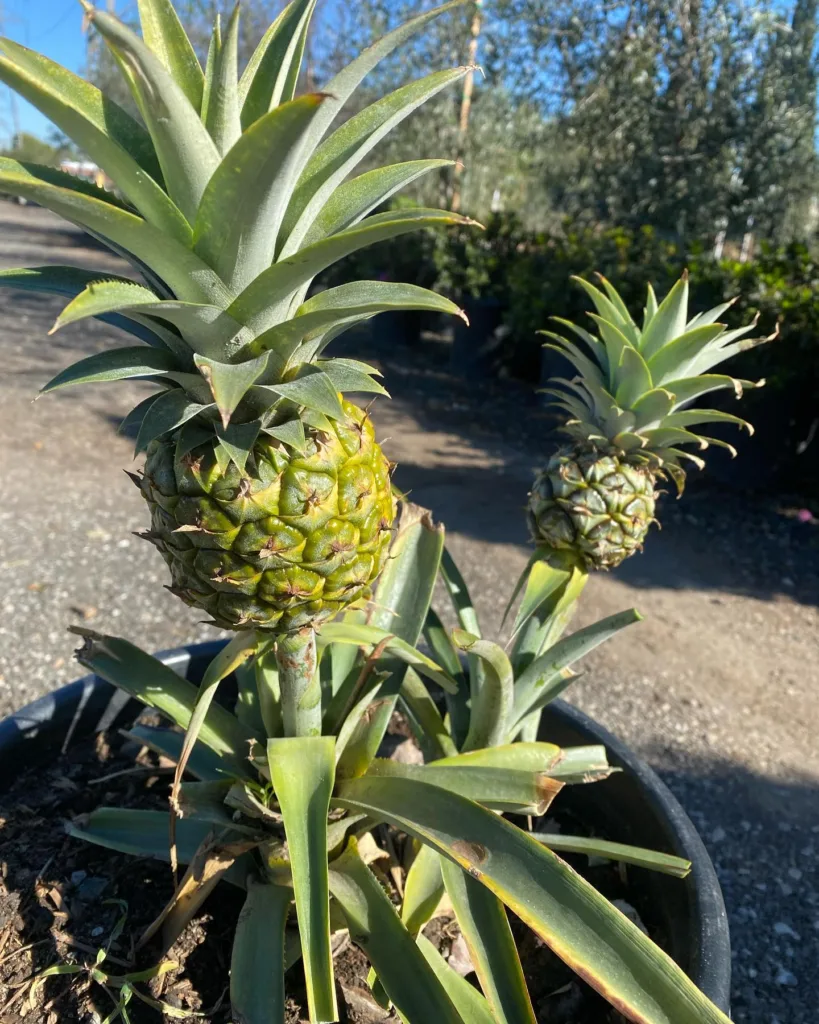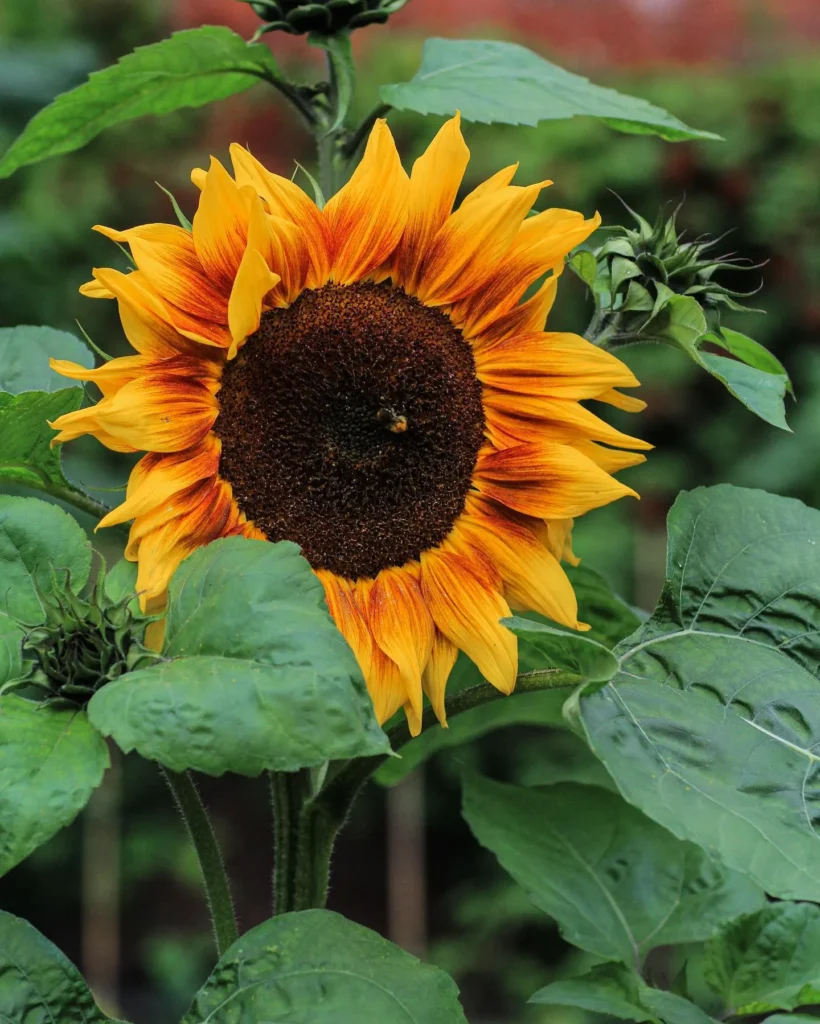
Top 100 Gift Ideas For Plant Lovers 2024
Are philodendron toxic to cats?
Absolutely! Those beautiful philodendron leaves in my living room are apparently tempting for curious kitties, and mine, Ginger, is no exception. I once caught her batting at a dangling leaf, and it freaked me out! I did some quick research online and learned philodendrons are toxic to cats, causing mouth irritation and vomiting. That was not a risk I was willing to take. Ginger might be a mischievous explorer, but I definitely don’t want her getting sick. Now, all my plants are up high, out of her paw-reach, and I give her plenty of safe cat toys to keep her entertained. Problem solved (mostly – she still gives them the side-eye sometimes)
Why is my philodendron turning yellow?
My philodendron might be giving me some distress signals! It’s starting to get yellow leaves, and that’s never a good sign. Based on what I’ve read online, it could be a couple of things. Maybe I’m forgetting to water it enough? Those delicate leaves seem to droop a bit when they’re thirsty. Or maybe I’m going overboard with the watering can – I know overwatering can cause yellowing too. I need to be more mindful and check the soil moisture before giving it a drink. Another possibility is that it’s not getting enough light. My apartment gets decent indirect light, but maybe it needs to be closer to the window. Figuring out what’s wrong with my philodendron feels a bit like detective work, but I’m determined to get it back to thriving!

Can philodendron grow in water?
I was amazed to find out philodendrons can absolutely thrive in water! I always assumed houseplants needed to be potted in soil, but I guess these guys are more adaptable than I thought. My friend had a gorgeous heartleaf philodendron in a clear vase on her windowsill, and the roots looked so healthy. This might be the perfect way to start a new plant from a cutting – I hear they root very easily. The idea of less messy potting soil and a beautiful minimalist look with a glass container and water is definitely tempting!
How to prune philodendron?
My philodendron has been growing like crazy, and while I love its lushness, it’s starting to look a little wild and unruly. Time to give it a haircut! I’m a bit hesitant, though, since I’ve never pruned a houseplant before. I don’t want to hurt it. I recall seeing a few gardening videos on YouTube, so I think I’ll start there. Apparently, it’s important to use clean, sharp scissors and find the little growth nodes on the stems to cut just above them. I’ll aim to tidy up any straggly bits and shape it up overall. Here’s hoping my philodendron will respond well and reward me with fresh, bushier growth!
How to repot a philodendron?
My big, gorgeous philodendron is outgrowing its pot, and I think it’s time to give it some more space to spread its roots. Repotting a plant always feels a little intimidating, but with some careful planning, I’m sure it’ll be fine. I gathered a new, slightly bigger pot with drainage holes, some fresh potting soil, and a pair of gardening gloves. Gently easing the philodendron out of its old pot will be the trickiest part. I don’t want to damage the root system! I’ll loosen the soil around the edges and give the pot a squeeze to help it slide out. Then, it’s time for new soil and a good drink of water. Hopefully, my plant will enjoy its new home and continue to thrive!
Does philodendron like humidity?
Yes, my philodendron loves a bit of humidity! Being a tropical plant, it naturally thrives in warm, humid environments. I notice that when it’s drier in my apartment, especially during the winter, its leaves tend to get a bit crispy around the edges. That’s when I try to give it some extra moisture. A quick misting session every few days seems to perk it right up. I’ve also considered getting a small humidifier for my plant corner. Apparently, grouping plants together also naturally increases humidity. Maybe my philodendron needs a few friends!
Can philodendron grow outside?
Whether or not my philodendron will thrive outside depends a lot on where I live. These guys are tropical beauties, so they won’t tolerate frost or cold temperatures. In my area, with warm summers and mild winters, I might be able to keep my philodendron outside on a sheltered patio or a shady spot in my yard. I’ll definitely have to bring it inside during any cold snaps. I’ve seen pictures of huge, lush philodendrons climbing up trees in tropical climates, and it’s pretty tempting! For now, I’ll keep it indoors until I can do some research to ensure it has the right conditions to survive outside in my area.
Does philodendron flower?
While I love my philodendron’s stunning foliage, I did wonder if it would ever produce flowers. I’ve seen photos of those beautiful, unusual-looking blooms, but figured they were only on super fancy, exotic varieties. Imagine my surprise when I learned that most philodendrons can flower under the right conditions! However, it’s incredibly rare for them to do so indoors. Apparently, they need to be mature and have ideal light, humidity, and temperature to even consider blooming. I guess I’ll just appreciate the lushness, but wouldn’t it be amazing to see my own philodendron in flower someday?
What does a philodendron plant look like?
Philodendrons have such a wide variety of looks! Here’s a general overview of some common characteristics and a few popular types:
Overall features:
- Lush, vibrant green leaves (though some have colorful variegation)
- Can be either vining or upright in growth habit
- Leaves come in different shapes, from classic heart-shape to deeply-lobed varieties.
Popular Types:
- Heartleaf Philodendron: The classic with trailing vines and heart-shaped leaves.
- Brasil Philodendron: Similar to heartleaf but with gorgeous variegation in shades of green and yellow.
- Philodendron Birkin: Upright with striking white stripes on its green leaves.
These are just a few examples – the world of philodendrons is huge and amazing!
Why are my philodendron leaves curling?
Seeing those normally lush philodendron leaves start to curl always sparks a little worry. There could be a few culprits behind it:
- Underwatering: Dryness is a common reason for leaf curling. When the philodendron gets thirsty, it tries to conserve moisture by curling inwards. Check if the soil is very dry several inches down.
- Overwatering: Ironically, too much water can also lead to curling leaves due to root damage. Look for mushy stems, soggy soil, or yellowing of newer leaves.
- Low humidity: Being tropical plants, philodendrons prefer some humidity. Too-dry air can leave them crispy and curled, especially the new growth.
- Pests: Tiny pests like spider mites can suck sap and dehydrate the leaves, leading to curling. Look carefully under the leaves and in the crevices for signs of infestation.
To pinpoint the problem, I need to play detective! I’ll check the soil moisture, consider the humidity levels in my home, and inspect for any pesky bugs. Once I know the cause, I can adjust my care and hopefully get those leaves unfurling and happy again.
How much light does a philodendron need?
Philodendrons are pretty adaptable when it comes to light, but they do have a sweet spot! In general, they prefer bright, indirect light. Here’s why:
- Too much direct sun: Their delicate leaves can burn with harsh, direct sunlight, especially during the hottest part of the day.
- Too little light: Without enough light, growth can slow, and the leaves may lose their vibrant color or become smaller. You might also notice a leggy appearance as the stems stretch towards what light they can find.
Ideal Placement:
- A few feet away from a bright window with some filtering (like a sheer curtain)
- On a shaded shelf with plenty of ambient light
- Outdoors in a protected spot like a patio with dappled shade
Signs you need to adjust the light:
- Brown, crispy leaf edges – likely too much direct sun
- Pale, dull leaves or slow growth – probably not enough light
Luckily, philodendrons are pretty good at communicating their light preferences, so I can watch for these signs to make sure mine is getting the perfect amount!
Why is my philodendron drooping?
A drooping philodendron is trying to tell me something! Here are the most common reasons I’d check for:
- Thirst: Underwatering is the first culprit I think of. Drooping, wilted leaves are a classic sign your philodendron is begging for a drink. I’ll check the soil – if it feels dry several inches down, it’s time for a good watering.
- Overwatering: Oddly enough, a droopy philodendron can also mean it’s getting too much water! Overwatering leads to root rot, making it impossible for the plant to absorb moisture effectively. I’ll look for soggy soil, mushy stems, or yellowing leaves as signs of this problem.
- Environmental Factors: Drafts, sudden temperature changes, or very low humidity can stress the plant and cause drooping. I’ll consider if my philodendron is near a drafty window, a heating vent, or if the air in my home has become particularly dry.
To get to the bottom of the droopy mystery, I’ll do a bit of investigating. Checking the soil moisture, looking for root problems, and considering the recent environment will help me figure out what’s bothering my philodendron and get it perking back up!
Does philodendron climb?
Yes, many philodendron varieties are natural climbers! In their native rainforest environments, they use aerial roots to attach themselves to trees and climb towards brighter light. Some popular houseplant philodendrons are climbers, including:
- Heartleaf Philodendron: The classic with trailing, heart-shaped leaves that can be trained to climb.
- Philodendron Brasil: Similar to the heartleaf, but with gorgeous variegated leaves.
How to Encourage Climbing:
- Moss pole or trellis: Provide a structure for the plant to grab onto with its aerial roots.
- Gentle guidance: Tie the vines loosely to the support as they grow.
While some philodendrons are more upright or bushy, they still benefit from having something to support them, even if they don’t fully climb.



